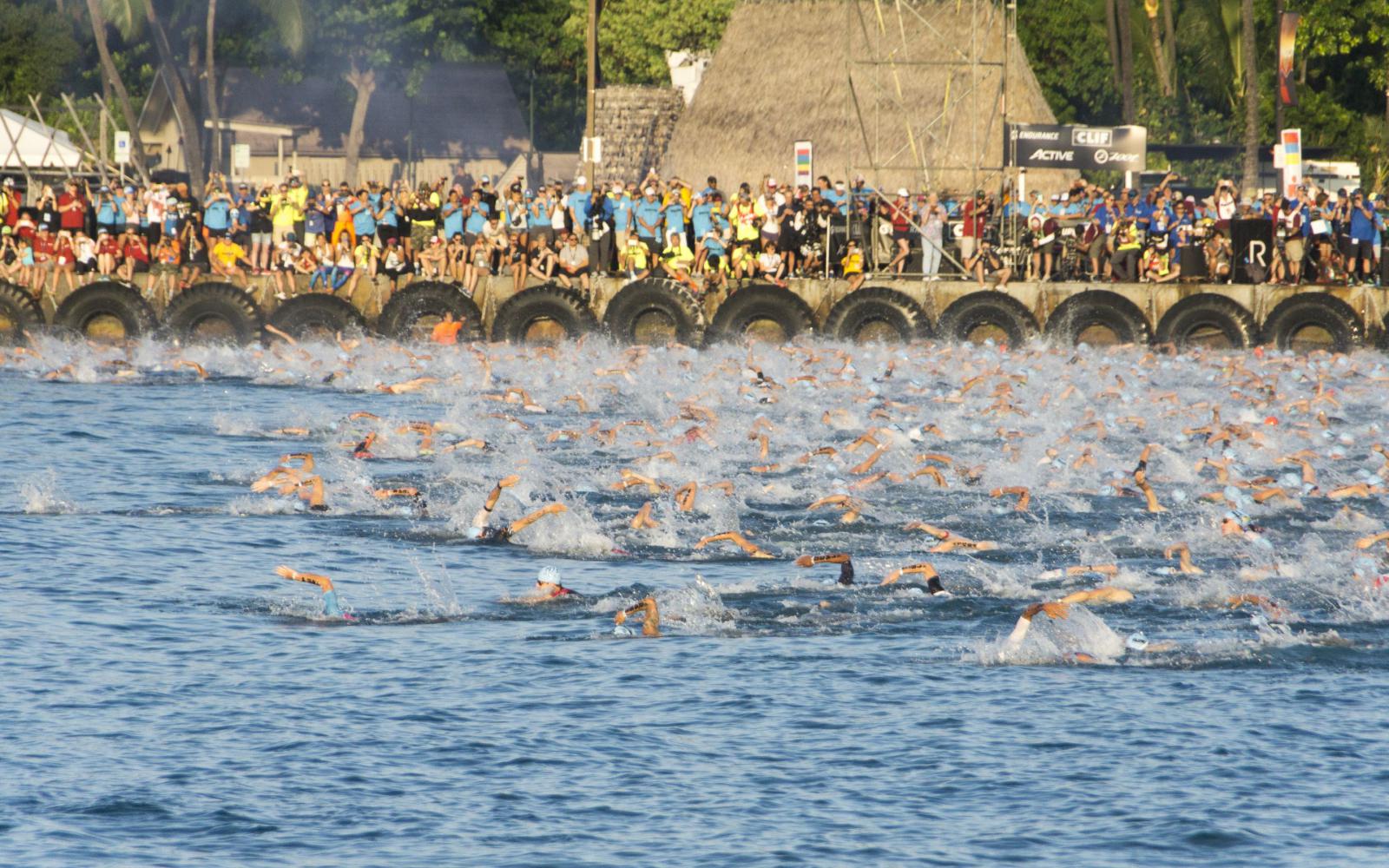Methodology of the Hawaii slot allocation
Jakob Ohlsen Published: 9th January 2018
The allocation of the Hawaii-slots usually takes place during the award ceremony of the respective Ironman race. The exact distribution of the slots is often only announced during this event. In order to analyse the distribution of slots across age groups, Endurance Data simulates the slot allocation methodology and can therefore provide a good assumption of the slot distribution. The so-called rolldown of a slot is not taken into account in this methodology, as it can never be predicted and a comparison of the qualifying criteria of a race would not be particularly meaningful.
Rolldown of a slot means the passing on of a Kona slot if an athlete who would have qualified for Hawaii by the means of the regular slot distribution does not use his right to start in Kona. In this case, the slot will then be passed on to the next best athlete in his or her age group. If the slot is not accepted by any athlete of this age group, the slot is automatically passed on to another age group of the same sex. The age group is then selected according to the ratio of slots to the number of athletes per age group.
Slot allocation in three steps according to the Endurance Data methodology
Since I know the results of some official slot allocations, I tried to find an algorithm that replicates the distribution of the slots as good as possible. The distribution of the Kona slots according to the Endurance Data method matches the validation slots (Ironman Hamburg and Ironman Frankfurt) except for one slot. I've tested some other slot allocation models, but I've never been able to achieve 100% compliance with the validation distributions. I could imagine that some slots are allocated by the awards ceremony officials according to similar criteria to the next larger age group but that no uniform method is used worldwide.
1. at least one slot for each age group
First of all, one slot is awarded to each age group in which athletes have reached the finish line. This guarantees that every athlete (theoretically) has the possibility to qualify for the Ironman Hawaiian.
2. calculation of the slot/athlete ratio
Assuming an Ironman has 21 age groups in which at least one athlete has reached the finish line and a total of 40 slots are available for the Ironman Hawaii. In the first step, 21 slots have already been distributed. The remaining slots must now be assigned to the age groups according to the slot/athlete ratio. For this purpose, the number of all started athletes is compared to the number of started athletes of the age groups. This coefficient is multiplied by the number of remaining slots and the result is rounded off. The calculated slots are then added to the initial slot.
3. division of the remaining slots
In this step it is first calculated how fair or unfair the slots have been distributed so far. This is measured by the ratio of the number of starters per age group to the number of (previously allocated) slots per age group. For this purpose, the slot/athlete ratio (2.) is calculated in this step with the total number of slots to be distributed. The calculated value shows the ideal distribution of the slots. However, since it is not possible to assign half slots and each age group should receive at least one slot, the real distribution of the Hawaii slots differs from these values. In the following, the difference between these ideal values and the previous number of slots per age group is calculated. The resulting values are sorted according to their size, whereby a high value is an indication of the "slot-like" disadvantage of an age group, whereas a small, often negative value indicates an an age group which is overrepresented in terms of slots.
Again, the number of not allocated slots is calculated. The sorted list is now looped through, starting with larger, to smaller values. As long as slots are still to be allocated, an additional slot will be allocated to the age group at the given row of the list.
Conclusion
Of course, this method is not yet perfect either, but the results obtained are very close to the real slot allocation, and it is a useful tool for analyzing the Hawaii slots and the associated qualification times on Endurance Data.








